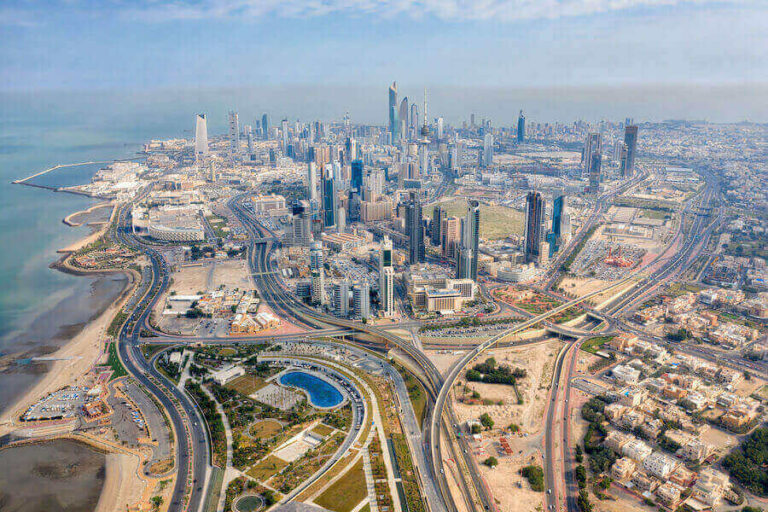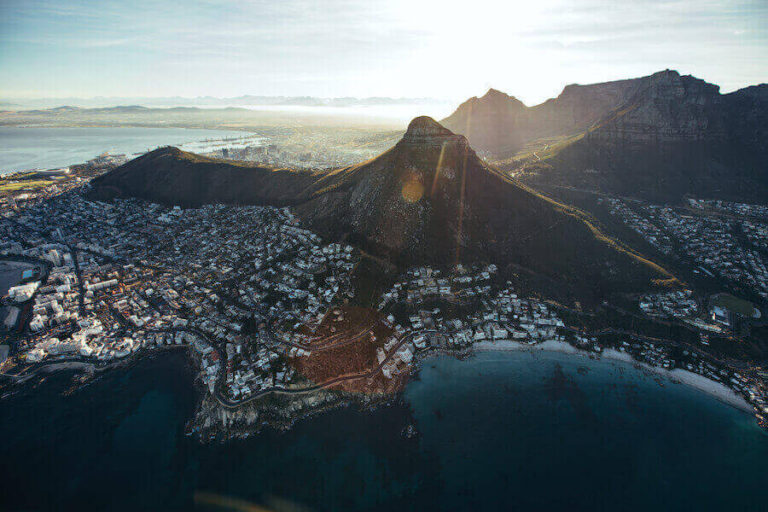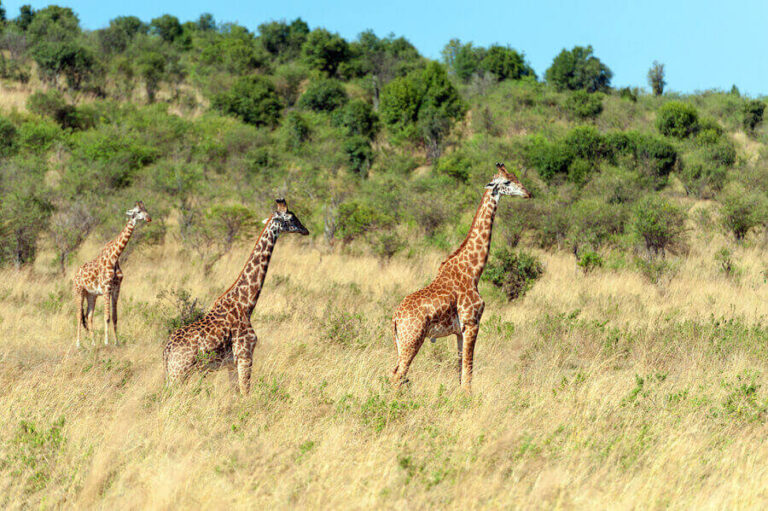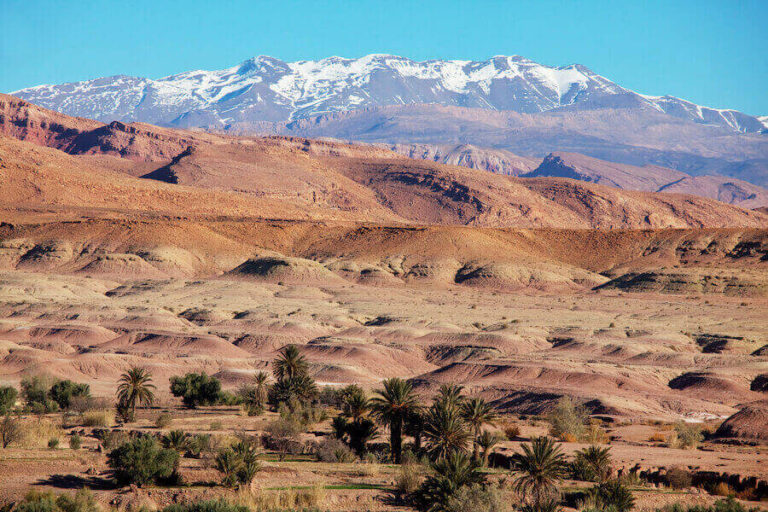Does It Snow In Tanzania
Yes, it does snow in Tanzania, especially on the higher mountains like Kilimanjaro. However, it is rare for the lower elevations to experience snowfall.
Tanzania Overview
Tanzania is a country located in East Africa, along the Indian Ocean. It shares borders with Kenya and Uganda to the north; Rwanda, Burundi, and the Democratic Republic of Congo to the west; Zambia, Malawi, and Mozambique to the south; and Comoros Islands to the east.
Tanzania has an estimated population of over 57 million people spread out across its 945,000 square kilometers (364000 sq mi) area. The capital city is Dodoma while Dar es Salaam serves as its largest city.
Tanzania’s economy relies heavily on agriculture with coffee being one of their main exports. Tourism also plays a major role in their economy due to its abundance of natural parks that contain some of Africa’s most famous wildlife including lions, rhinos, elephants and gorillas.
Along with this rich biodiversity comes other attractions such as Mount Kilimanjaro which stands at 5896 meters (19341 ft). With all these attractions combined it is no wonder why Tanzania continues to be one of Africa’s top tourist destinations year after year.
Tanzania For Travel
The country has a rich biodiversity, with Kilimanjaro at its center and many protected national parks that offer sightings of wild species such as lions, rhinos, elephants, and gorillas.
In addition to its natural attractions, Tanzania also has a vibrant culture that includes exquisite cuisines from various corners of the world.
Traditional dishes from Zanzibar are particularly popular among visitors and include fish dishes such as samaki wa kupaka (fish cooked in coconut milk and spices) as well as Zanzibar pizza (a deep-fried pastry filled with beef or chicken). For those looking for something more exotic, there’s mkate mayai (or chapati omelette), made by combining chapatas – or flatbreads – with eggs.
When it comes to culture, visitors can experience traditional music and dance performances including taarab which is influenced by the Indian Ocean Swahili culture; kidumbak which originated in Zanzibar; and ndombolo which is popular in African countries.
There are also various festivals throughout the year such as Mwaka Kogwa Festival where locals celebrate their new year with singing, dancing, and drumming.
For those looking for adventure in Tanzania, there’s plenty to do both on land and water. Safari tours offer close encounters with wildlife while hikes up Mount Kilimanjaro will give you breathtaking views across the landscape below.
If you prefer water activities, there are river cruises along Lake Tanganyika where you can spot hippos, crocodiles, and even wildebeest during their journey. Overall, Tanzania offers an abundance of attractions with stunning landscapes and wildlife.
Tanzania Climate
Tanzania is a country located in East Africa and offers a variety of climates due to its size and location. The majority of Tanzania has a tropical climate, with hot, humid weather during the wet season and milder temperatures during the dry season.
Rainfall generally occurs from November to May, while June to October is considered the dry season.
The climates of Tanzania’s islands, such as Zanzibar and Pemba, are a bit different than the mainland climate. These two islands have hot, humid weather all year round and experience heavy rainfall during the wet season.
In the northern and southern highlands of Tanzania, temperatures are much cooler due to the elevation. The days are usually sunny and pleasant, while the nights can be quite cool. Depending on the time of year, frost may occur in some areas. Rainfall also tends to be more frequent here than in other parts of the country.
Tanzania is home to several national parks and reserves, each with its own unique climate. Mount Kilimanjaro, for example, has a cool and dry climate with temperatures dropping to freezing at night. The Serengeti National Park has a more tropical climate with warm days and cooler nights and occasional rain showers during the wet season.
Winter In Tanzania
Tanzania is a country located in East Africa, known for its vast savannahs, iconic wildlife and rich cultural heritage.
During the winter months of June to August, the country experiences mild temperatures and low rainfall. Although it can get quite cool at night in some areas, daytime temperatures usually range between 20-25°C (68-77°F).
Tanzania’s climate during this time of year is generally dry and sunny with little humidity. There are occasional showers or thunderstorms but these tend to be short-lived and localized.
The cooler weather makes this season ideal for outdoor activities such as safaris or mountain climbing excursions. Winter also offers the perfect opportunity to explore Tanzania’s beautiful national parks and see some of the unique species that inhabit them up close!
When Does It Snow In Tanzania
Tanzania is a country with varied forms of climate. As it lies on the equator, Tanzania experiences tropical weather all year round, but there are a few areas where snowfall can occur.
This usually happens during the dry season from June to October in the high mountains of East and West Usambara, North Pare, and the South Pare Mountains. Even if you don’t get to experience snow, there are many other beautiful sights to see in Tanzania during this time of year.
June Climate In Tanzania
June in Tanzania is typically a hot and humid month with temperatures ranging between 27°C (80°F) and 32°C (90°F). During the day, sunshine is abundant in most parts of the country, but nighttime temperatures can cool down significantly.
Many areas in Tanzania experience some amount of rainfall throughout the month of June, however, the amount of precipitation varies widely depending on location. Coastal regions receive more rain than inland areas.
June is a good time to visit Tanzania as it is considered one of the better months for wildlife viewing. Most of the animals migrate into this area during the wet season and are easier to spot in their natural habitats. The landscape is lush and green, making it ideal for spotting animals in the wild.
July Climate In Tanzania
July in Tanzania is a season of long days and warm temperatures. The average temperature in July ranges from the high 70°F to mid 80°F (25-30°C). Along with these high temperatures, humidity levels tend to remain high as well, making it feel even warmer than the temperature suggests.
The country experiences about 11 hours of daylight each day in July. As the days are longer, that also means you’ll have more time for exploring the natural wonders Tanzania has to offer. From the mighty Kilimanjaro to its diverse wildlife, there is no shortage of exciting things to see and experience.
August Climate In Tanzania
August in Tanzania is a time of hot, dry weather in most parts of the country. Average temperatures range from 79°F (26°C) to 97°F (36°C). Humidity levels are also relatively low, averaging around 60%.
Daytime hours are typically long, with 12 hours of daylight per day during this month. The skies are usually clear, making it the perfect time to visit Tanzania’s national parks and enjoy days filled with sunshine.
The temperatures during August can reach extreme levels in certain parts of Tanzania, however. In the coastal areas and around Lake Victoria, you may experience temperatures as high as 104°F (40°C). Be sure to bring plenty of water and sunscreen to protect against the sun’s intense rays.
Rainfall is rare during this time of year, and there is typically a significant amount of dust in the air. This is especially true in the more arid parts of Tanzania such as the Serengeti.
The months of August, September, and October tend to be the best time for game drives in Tanzania. Animals in the national parks are in abundance, and the dry weather means that dust does not obscure visibility.
Where Does It Snow In Tanzania
The main destination for experiencing snow in Tanzania is the country’s highest peak, Mount Kilimanjaro. This iconic mountain stands at 19,341 feet and typically receives snowfall between December and February of each year.
Apart from Mt. Kilimanjaro, the areas around Mount Meru and Mount Hanang can potentially receive occasional snowfall as well.
Winter And Snow In Tanzania’s Major Cities
Winter In Dar es Salaam
While Dar es Salaam experiences hot and humid temperatures during the summer months, the city gets cooler temperatures throughout the winter season.
During this time of year, the average temperature is between 17-25˚C (63-77˚F). This may feel warm to some, but it is perfect for those looking to escape colder temperatures.
As the season changes, so do the city’s terrain. With blooming flowers and tall palm trees, Dar es Salaam comes alive with a mix of vibrant colors as well as exciting activities. From boat rides along the Indian Ocean to safari trips through the Selous Game Reserve, Dar es Salaam is a great spot to explore during winter.
For those looking for something more relaxed, there are plenty of cultural experiences to enjoy. Take a stroll through the bustling streets, taste delicious local cuisine, or browse the markets for handmade souvenirs. Each experience provides visitors with an insight into Tanzania’s diverse culture.
Winter In Dodoma
In the winter, Dodoma is a wonderful place to experience. The average temperature during this time of year is a relatively mild 18°C (64°F).
During the day, the sun shines brightly in the sky and temperatures hover around 24°C (75°F). At night, temperatures drop down to 12°C (53°F). This makes it the perfect time for exploring the city on foot or taking part in some of its many outdoor activities.
Dodoma is rich with cultural attractions and interesting sights to see. A popular spot during the winter months is Lake Babati, located just 30 km north of the city. Here you can go fishing, boating, swimming, or simply take a stroll along the lakeshore.
Another great option is to explore the ruins of Olduvai Gorge. This archaeological site is where some of the earliest human remains were discovered and dates back to more than 1.75 million years ago!
If you’re looking for something more lively, you can experience Dodoma’s bustling nightlife. Popular bars and nightclubs can be found throughout the city, many of which stay open late into the night.
Winter In Arusha
In winter, Arusha experiences a mild climate with relatively warm temperatures. During the day, typical temperatures range from the mid-60s Fahrenheit (18 Celsius) to the low 70s Fahrenheit (21 Celsius).
The nights in Arusha can get quite cold during this season and average temperatures dip down into the low 50s Fahrenheit (10 Celsius). Rainfall tends to also be more frequent during the winter season.
Wintertime in Arusha is a great time to explore the nearby parks and nature reserves like Lake Manyara National Park, Serengeti National Park, and Ngorongoro Conservation Area. There are plenty of wildlife viewing opportunities here; you might even see the Big Five of Africa, which includes lions, elephants, leopards, buffalo, and rhinos.
In addition to the amazing wildlife that can be seen in the area during wintertime, Arusha also offers a variety of cultural experiences. Visit local markets for traditional art and crafts or explore the nearby towns and villages for an insight into Tanzania.
![Does It Snow In Algeria [Winter Travel]](https://offseasonbackpack.com/wp-content/uploads/2023/01/does-it-snow-in-algeria-768x512.jpg)



![Does It Snow In Ethiopia [Winter Travel]](https://offseasonbackpack.com/wp-content/uploads/2023/01/does-it-snow-in-ethiopia-768x512.jpg)
